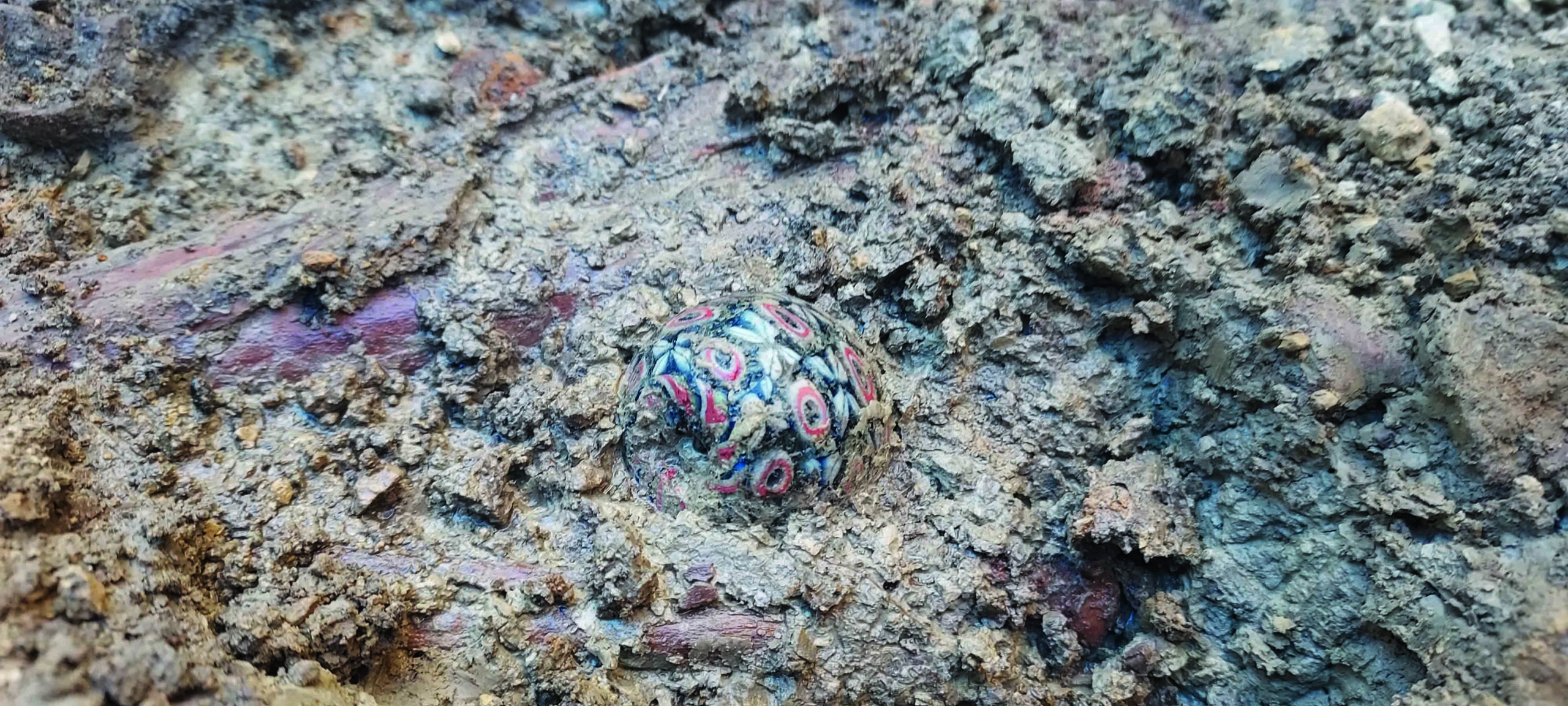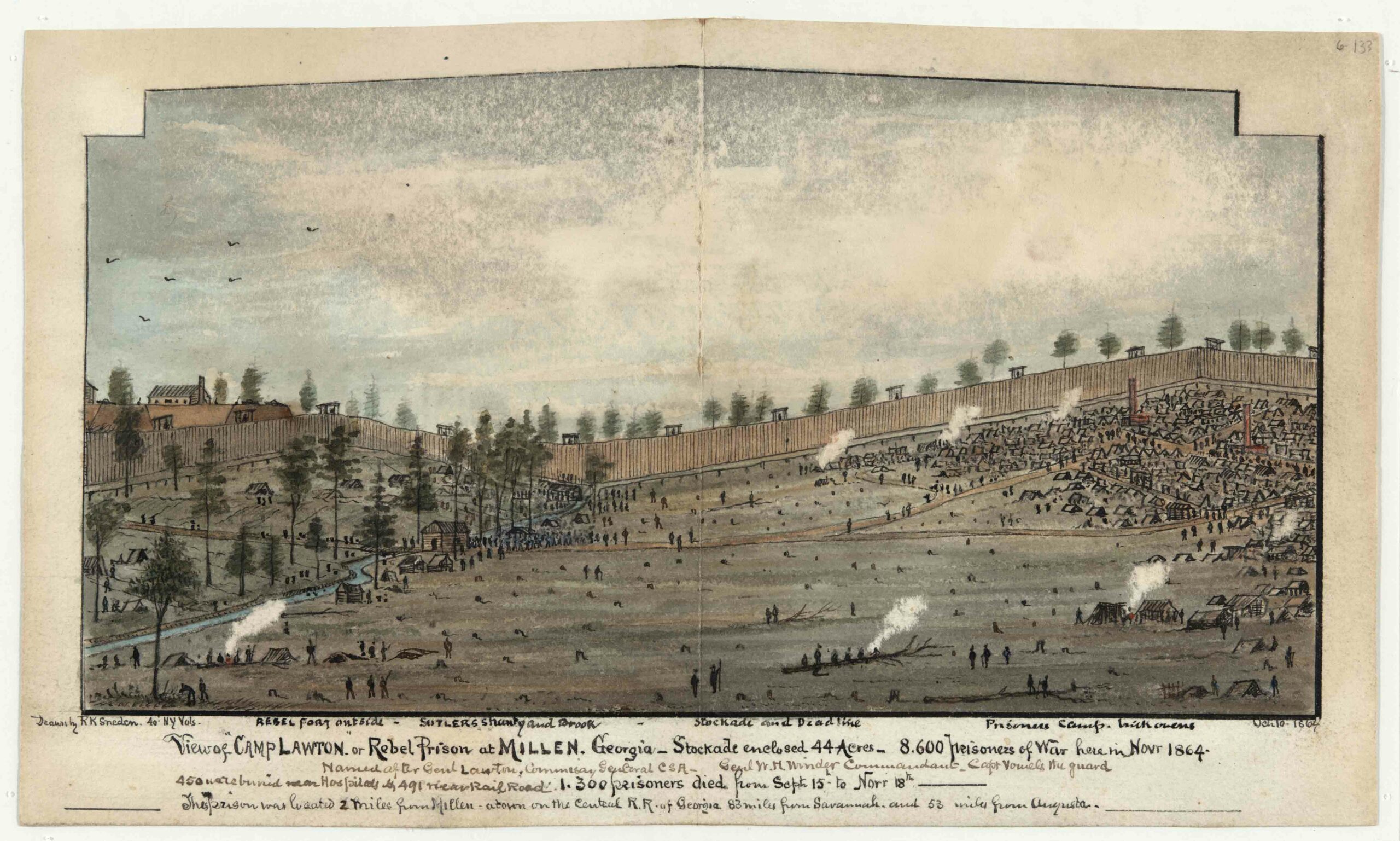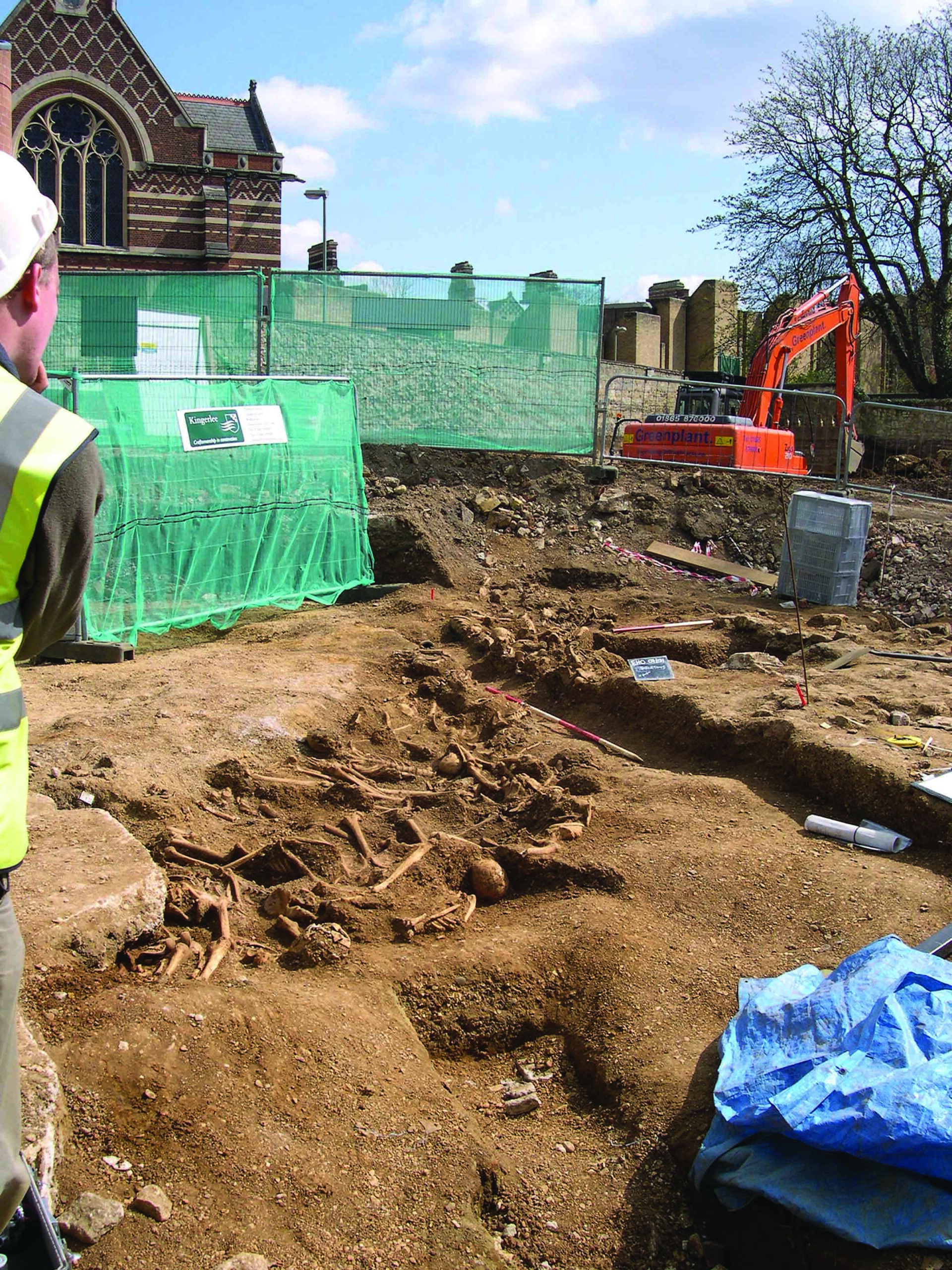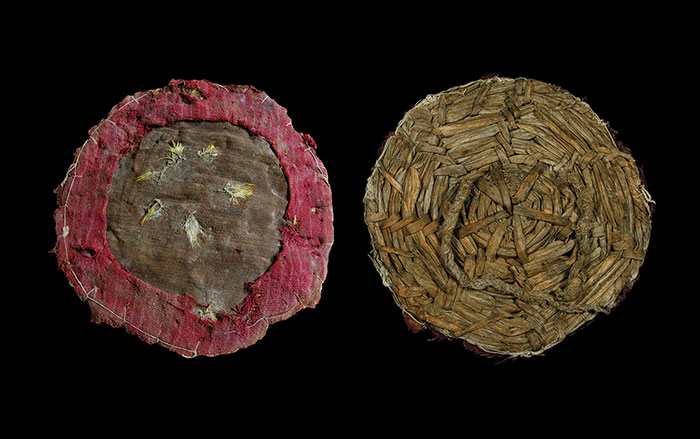
Chemists are analyzing the soil around burials at a medieval cemetery in Ribe, Denmark’s oldest town, 200 miles west of Copenhagen. They’re picking their spots carefully, hoping to illuminate previously unknowable details about the last days of the deceased.
Kaare Lund Rasmussen of the University of Southern Denmark examined the skeletal remains of a 10- to 13-year-old child, and specifically the soil that had once been in contact with the child’s lungs, kidneys, and liver. It has been determined that, as those organs decay, they release chemical compounds that can offer clues to an individuals’ final days or even months. In this case, Rasmussen found high concentrations of mercury. Mercury came to Denmark with Christian monks in the Middle Ages, according to historical sources. The highly toxic element was once thought to have broad curative properties, so its presence suggests that the child was undergoing treatment for a debilitating illness.
Also, the organs that the mercury was associated with suggest something about how and when treatment was administered. Rasmussen found mercury in the soil that had been in contact with the child’s lungs. The element is excreted from the lungs within two days, so the discovery implies that treatment had been given shortly before death. However, the ground near the child’s liver was also enriched, which suggests a much longer course of treatment. Mercury remains in liver tissue for about two months. “I have no doubts the results from our work will affect how soil samples will be taken in future excavations,” says Rasmussen. “It will have a global impact.”










